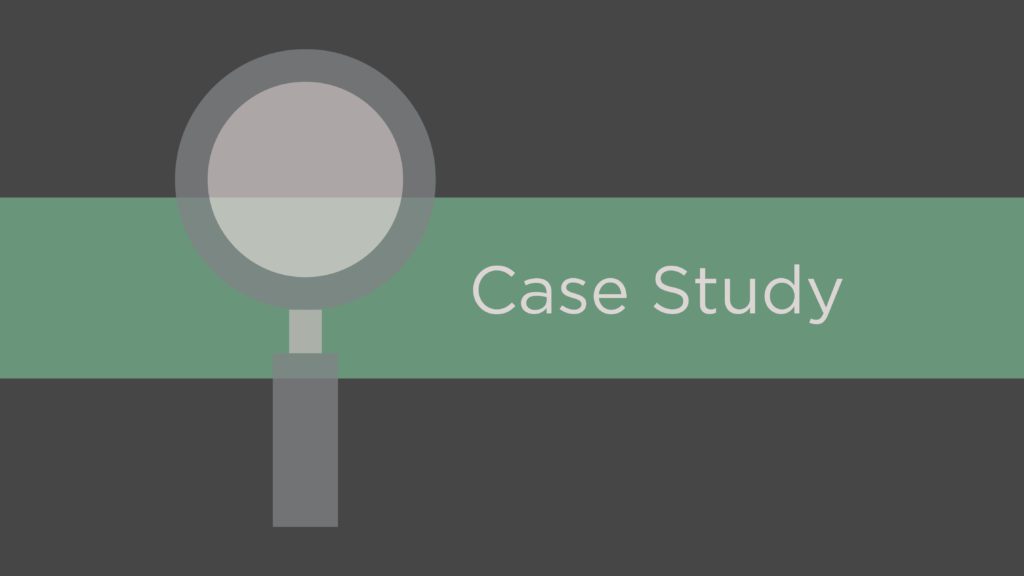Among major corporations, 401(k) plans have become common, but even the smallest of businesses can have a 401(k) plan for retirement. One-participant 401(k) plans, known by names such as Solo 401(k) and Uni-k, are available. For some business owners and self-employed individuals, Solo 401(k)s may offer a chance to save more for retirement with tax advantages compared with other small business retirement plans.
The name is somewhat misleading, as these plans are not necessarily limited to one person. A business owner’s spouse also can participate, if they are an employee of the business. Multiple owners or partners, and their spouses employed in the business, can participate in a Solo 401(k).
However, a business with any common-law employees is disqualified, so having an employee other than an owner, business partner, or shareholder will rule out a Solo 401(k). Note that independent contractors can be hired by the business, as well as part-time workers who get paid for less than 1,000 hours per year. Solo 401(k) plans are discretionary, so employers can cut back or even eliminate contributions in a given year, if that is desirable.
Potent payoff
Assuming a business qualifies for a Solo 401(k), why choose this type of plan? The answer is simple: because contributions can be relatively generous. The underlying reason is that owner-employees’ accounts receive funding from two sources.
Example 1: Nick Martin, age 55, owns 100 percent of NM Corp., which has elected to be treated as an S corporation. NM Corp. has no full-time employees. With a Solo 401(k), Nick can contribute the same as any employee participating in a typical 401(k) plan: up to 100 percent of compensation (‘earned income,’ for the self-employed). The cap in 2017 is $18,000 or $24,000 if Nick is at least age 50.
In addition, Nick can make employer non-elective contributions up to 25 percent of his compensation, as defined by the plan. Assume that Nick earns $80,000 in W-2 wages from NM Corp. in 2017. He defers the maximum $18,000 in regular elective contributions this year, plus the $6,000 catch-up for those 50 and older. NM Corp. then contributes $20,000 (25 percent of Nick’s $80,000 earnings) to the plan, for a total of $44,000. If Nick’s wife works for NM Corp. and receives earned income, her account can receive 401(k) contributions.
Those with higher earned income can receive larger employer contributions. In 2017, the maximum is $54,000 from employee and employer contributions, or $60,000 with a $6,000 catch-up contribution.
Special rules for the self-employed
The calculation for Solo 401(k) contributions is a bit different for self-employed participants. Here, earned income is defined as net earnings from self-employment after deducting employee elective contributions and one-half of self-employment tax. The calculation can be complex, but the resulting employer contribution might be up to 20 percent of self-employment income.
Self-employed individuals who file a Schedule C typically deduct both the employer and employee contributions to a Solo 401(k) on page one of IRS Form 1040, not on Schedule C. Therefore, these deductions reduce adjusted gross income but not reported business income. Incorporated businesses generally can deduct Solo 401(k) contributions as a business expense.
For all types of participants, Solo 401(k) plans offer another appealing feature. There is no need to perform expensive non-discrimination testing for the plan, because there are no employees who might have received disparate benefits. Such testing may be required with standard 401(k) plans and can result in reduced contributions to business owners’ accounts. Even though non-discrimination testing is not required, a Solo 401(k) plan generally must file an annual report on IRS Form 5500-SF if it has $250,000 or more in assets at the end of the year.
The deadline for establishing a Solo 401(k) for 2017 is December 31 or the end of the fiscal year for corporations.

